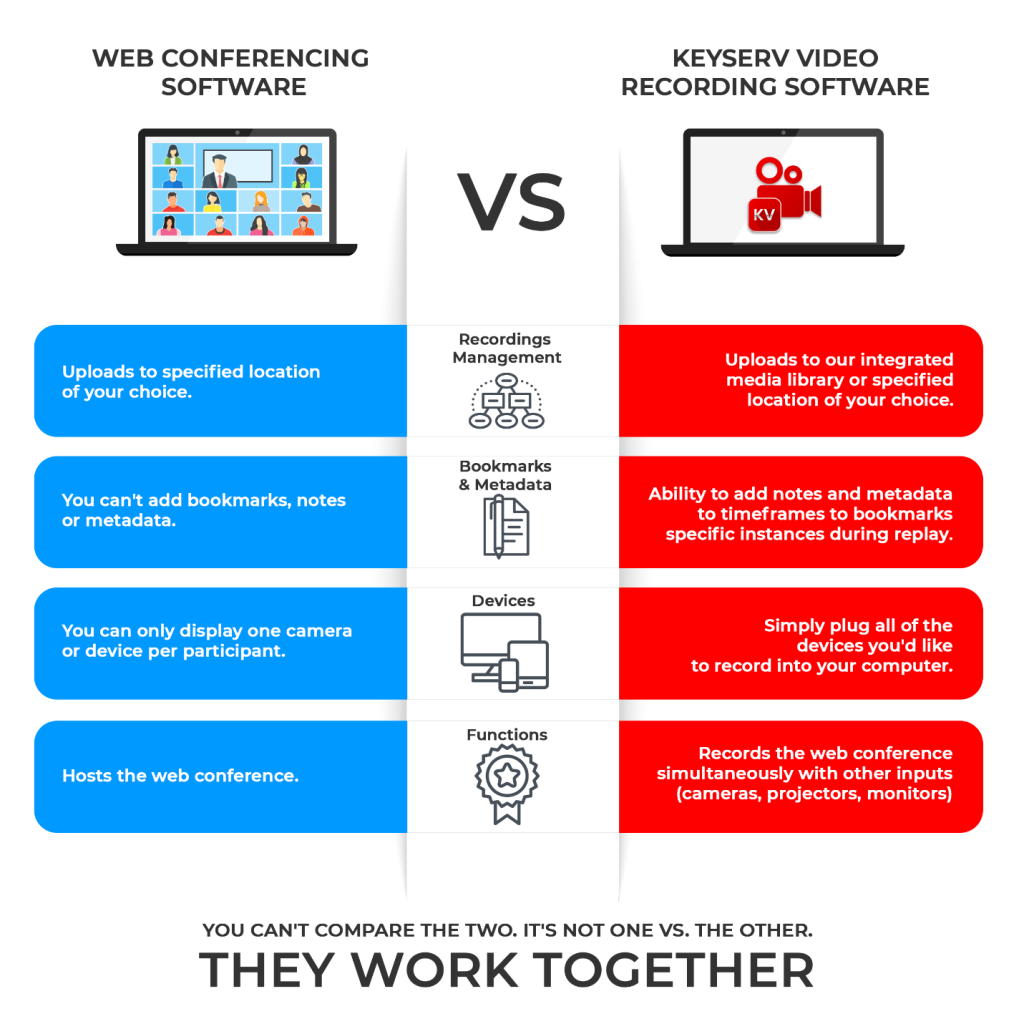Under traditional drug development, a company can screen 5,000 to 10,000 compounds, with 250 advancing to preclinical testing, five advancing to clinical trials and only one being possibly approved. This is simply inefficient and extremely costly.
Today, big data and/or smart data technologies have the potential to tackle some of the most critical decisions in drug development, such as whether a clinical trial will be successful or whether a licensing deal will eventually lead to a drug. Billions of dollars rest on these decisions, but it is rare that all available relevant data is systematically employed to predict the probability of success. While no algorithm can make such predictions with perfect accuracy, and no computation can replace a clinical trial, for an organization deciding between multiple costly development programs, an improvement in ability to predict results is immensely valuable.

Machine learning platform technologies like CHEMSAS allow companies like Critical Outcome Technologies to screen millions of compounds for activity by computational prediction. Predictive methodology, together with other prediction approaches applied in drug discovery, is powerful tool that is quickly becoming more and more important, if not essential, in modern drug development.
The CHEMSAS platform is a computational replication of the traditional “wet lab” drug discovery process. CHEMSAS utilizes a series of predictive computer models to identify compounds with a high probability of being successfully developed from disease-specific drug discovery through chemical optimization and preclinical testing. With CHEMSAS, failed attempts to hit therapeutic targets occur in computer simulations as opposed to incurring the costs of synthesis and testing at the “research bench”. As such, CHEMSAS substantially reduces the cost and time to market of identifying drug candidates at the discovery stage in drug development.
The most advanced CHEMSAS discovered drug compound, COTI-2, represents a potential game-changer for the treatment of many common cancers and is expected to enter a Phase 1 clinical trial for gynecological cancers later this summer.
While the complexity of cellular systems is expected to continue to challenge both cell biologists and drug developers for many years, machine-learning methods hold tremendous promise for determining the critical relationships governing cell behaviors. This promise will be realized through better extraction of information from high content screens and more effective experimentation driven by active learning. The result will be that drug discovery and development will be dramatically improved by being able to assess effects of potential drugs more comprehensively.













